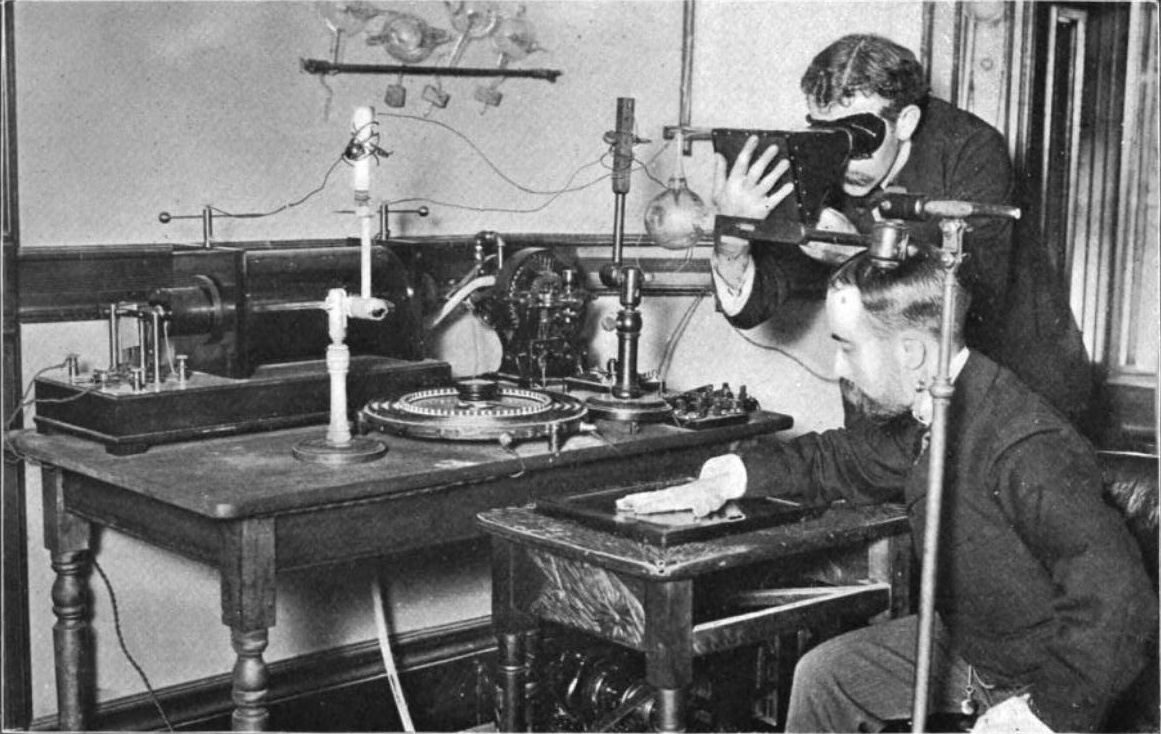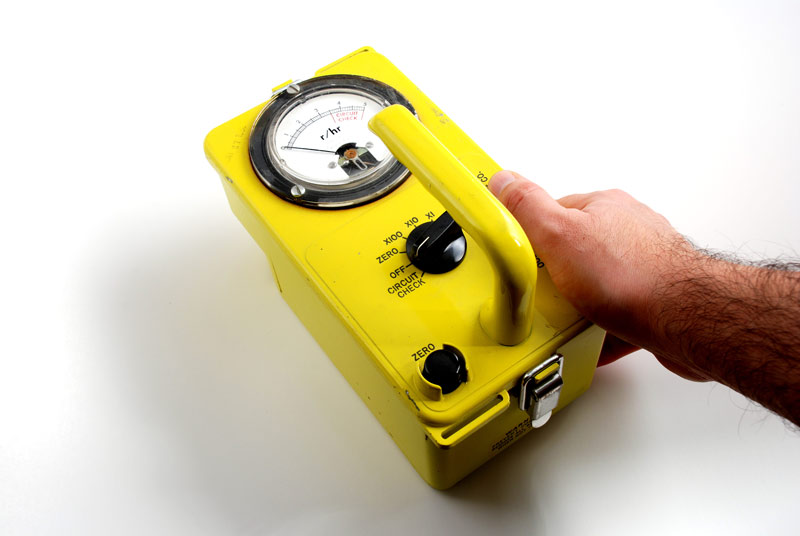
System Selection Guide
Mirion offers guidance with selections to meet your needs, based on application, software and hardware.
Mirion offers guidance with selections to meet your needs, based on application, software and hardware.
May 24th, 2015 | By Mirion Technologies
Probably the most important question a person has about radiation is what exposure to it will do to them. It is an invisible, odorless energy that has a lot of mystery about it, so fears and speculation tend to be pretty common. In the wake of events such as Fukushima, additionally, media coverage tends to present a lot of factual information, but without some of the context that would help make it clearer to the viewer.

Radiation exposure is measured primarily in Rem (in the US) and the Sievert (SI unit), and is a measure of the radioactive dose absorbed relative to its possible health effects on the body. This is called the “equivalent dose,” and is weighted to account for the fact that the same amount of time in an alpha radiation field, for example, would have different long-term effects as the same time in a gamma field of equal strength.

Rem is broken down further into millirem (mrem) and microrem (µrem), which are the levels that are going to usually be talked about. Another common usage is in talking about dose rate, given in rem/hr or mrem/hr, which is a useful measurement of the field strength in an area, designating how quickly someone will reach a given dose level.
A big factor in determining the effects of radiation exposure is whether it is “acute” or “chronic.” Acute exposure is a dose of radiation received all at once. Examples include doses involved in cancer therapy. The immediate concern with acute exposure would be Acute Radiation Syndrome, which would occur at about 150 to 350 rem whole body exposure. As a reference point, a chest CT scan, which is one of the highest-dose “common” sources of exposure, delivers about 1 rem of dose. A passenger on a flight across the continental US would receive 4 mrem, or 0.004 rem.

Chronic exposure, on the other hand, is low levels of exposure over a long period of time. Examples could be exposure from high levels of radon in a basement, or someone living at high altitudes. Residents of the Andes Mountains, for example, receive around 200 mrem from cosmic radiation annually, about 6 times more than the average. Chronic radiation exposure, at low levels, presents a much reduced health risk, as it is of low quantities over long periods of time, allowing the body to repair any damage made to the cells. The main health concern with chronic exposure is an increased risk of cancer, as seen by the increase in thyroid cancers found in Belarus since the Chernobyl disaster, with between 4000 and 6000 cases being directly attributable to the increased radiation exposure, with 15 deaths reported.
Radiation exposure can have varying effects, depending on the dose received, and what the exposure was. Certain elements, when the exposure is internal, will deposit in various organs or bones. Radioactive Iodine tends to seek out the thyroid (making it useful in cancer treatment) whereas Strontium-90, which tends to seek out bone and bone marrow, and can lead to bone cancer and leukemia.
For acute exposures, the first physical effects can be seen at around 25-50 rem, and manifests as a drop in a person’s white blood cells. Acute Radiation Syndrome occurs at 150-350 rem, presenting nausea, fatigue, hair loss, and skin reddening. The LD 30/50, which is the point where 50 percent of the people exposed will die within 30 days without medical care, is between 460 and 600 rem. At 1000 rem, 100% of those exposed will die within 60 days.
These are all very high levels compared to typical exposure. Eating a banana, for example, is 0.01 millirem of exposure. The average person receives about 30 mrem of dose from the decay of potassium-40 in their own bodies every year. The maximum external dose received by members of the public after the Three Mile Island accident was about 100 mrem, or 25% of typical annual background radiation.
A source of concern for many people is the prospect of radioactive contamination of their food or water. This can occur from radioactive contaminants being ingested by animals that are then used for food, such as Strontium-90 found in cow’s milk after Chernobyl, or taken up by plants through their root systems. This is how Brazil nuts become radioactive, due to their root system taking up radium from the soil.

In situations where surface contamination of food is a concern, detection with handheld survey equipment can be useful. However, in cases such as contaminated meat or seafood, or contamination of water or other liquids such as milk, it generally requires the examination of samples using laboratory equipment to determine the presence and quantity of any contaminants.
Looking for Services or Support?
We're here to help.